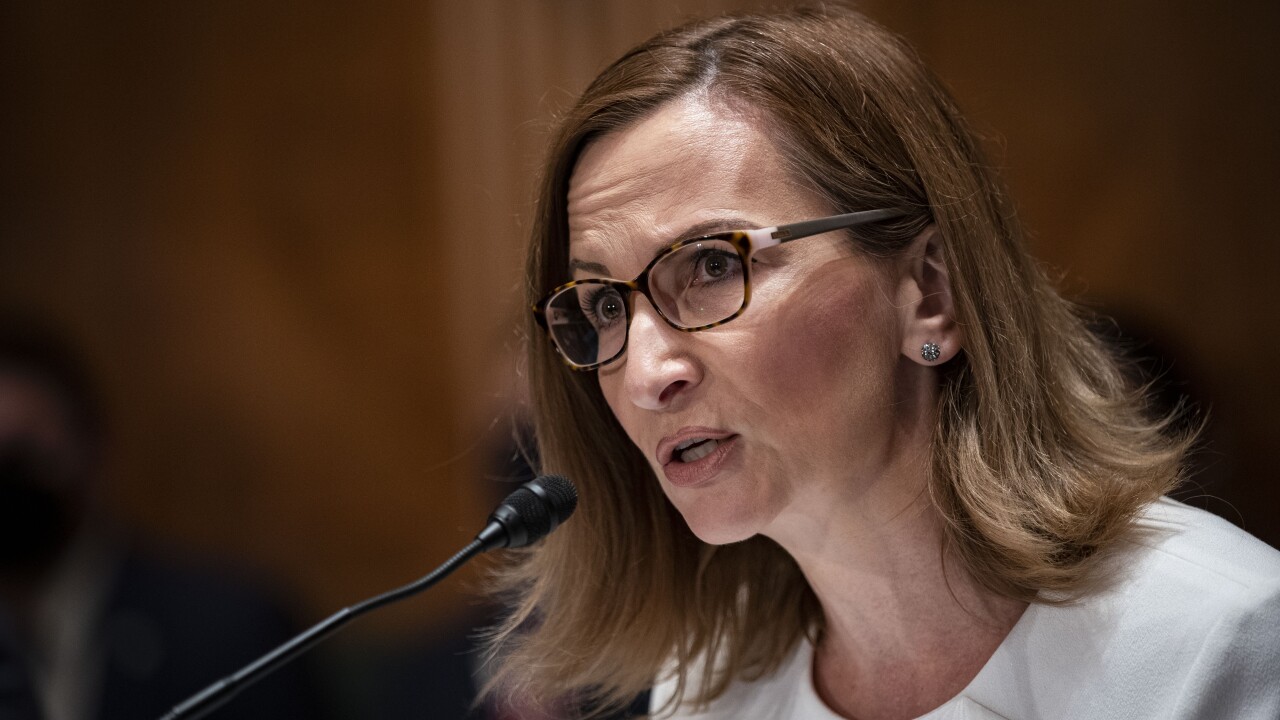-
The Consumer Financial Protection Bureau is set to unveil a sweeping proposal on debt collection practices this week that would force banks and credit card companies for the first time to comply with federal restrictions. It said the plan would put an end to some of the most egregious practices in the $13.7 billion debt collection industry.
July 26 -
Bankers are taking the unusual step of asking the government for additional regulations ones that can be used to block the Consumer Financial Protection Bureau from seeking more data from financial institutions.
July 21 -
A centralized platform that validates loan and borrower data and tracks ownership of marketplace loans could prevent fraudulent activities and help investors regain confidence.
July 7
Approximately
Though the exact number of such attempts is unclear,
This may happen for a variety of reasons. Because debt buyers don't make the loans in the first place — they buy the debts from the original lenders or other debt buyers — they rely on others for information about the debt. Unfortunately, just as in the
One check on this problem is the federal
To determine how effective the act's notice was,
The results were disappointing, unless you're a debt buyer. On most of our inquiries, respondents shown the letter with the validation notice did not perform significantly better than respondents who didn't see the notice. Roughly a quarter did not grasp that they could request verification of the debt, and nearly all who did mistakenly thought that an oral request would protect their rights: both the law and notice say a written request is required.
The sentence in the validation notice that read, "Unless you notify this office within 30 days after receiving this notice that you dispute the validity of this debt or any portion thereof, this office will assume this debt is valid" left many respondents mystified about when the collector would assume the debt to be valid. And the validation notice may actually have caused consumer confusion. For example, more than a fifth of the respondents thought that if they missed the 30-day deadline for disputing the debt specified in the validation notice, they would either have to pay the debt or would not be able to defend against a suit to collect it — even if they did not owe the debt.
One problem may be the difficulty of the notice. The court-approved version we used required three years of graduate school to understand, according to
Unfortunately, courts evaluating validation notices have generally not taken real consumers into account. Instead,
Happily, the CFPB is drafting regulations to implement the debt collection act's requirements. We may get a preview of what the bureau plans to do at its
Jeff Sovern is a professor of law at St. John's University and co-coordinator of the





